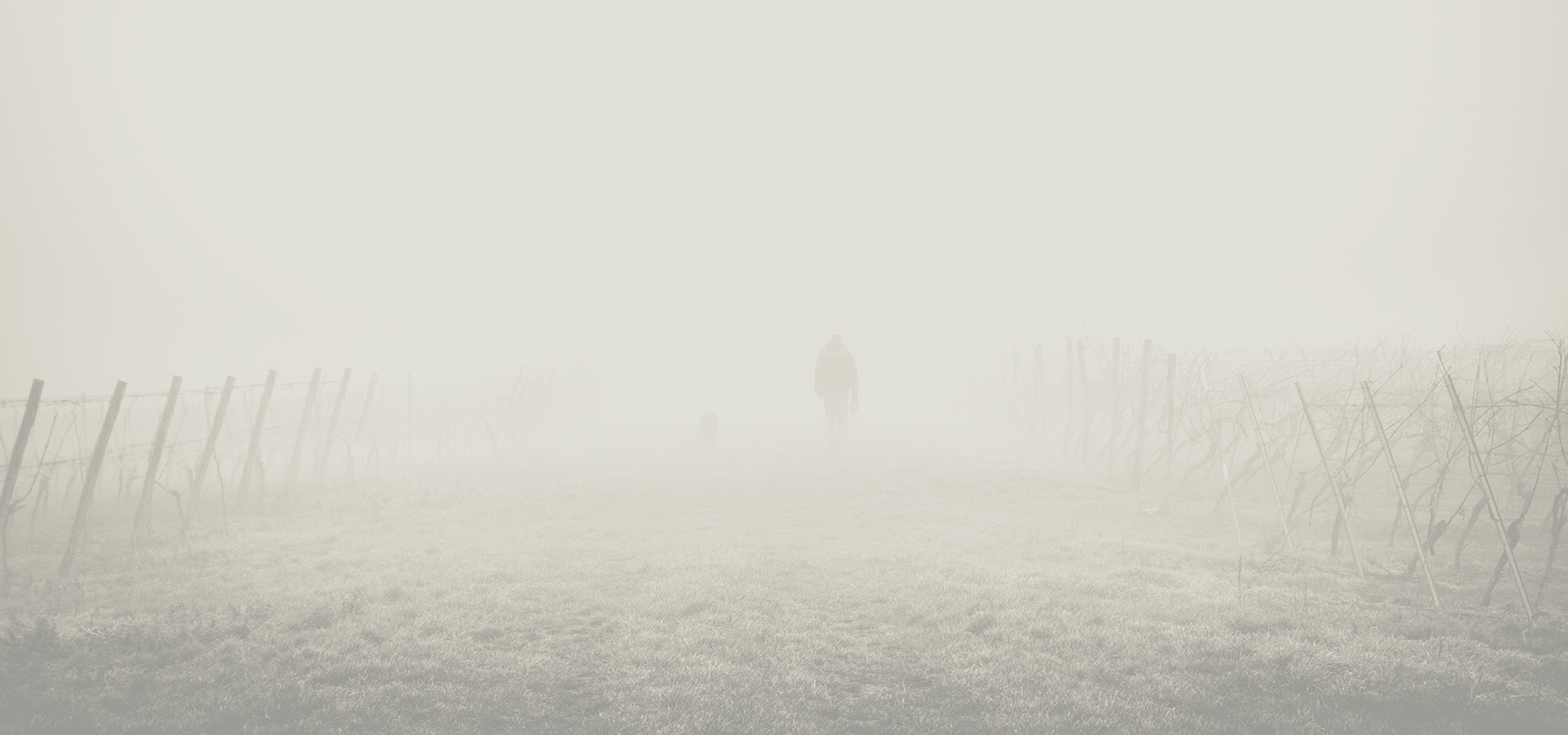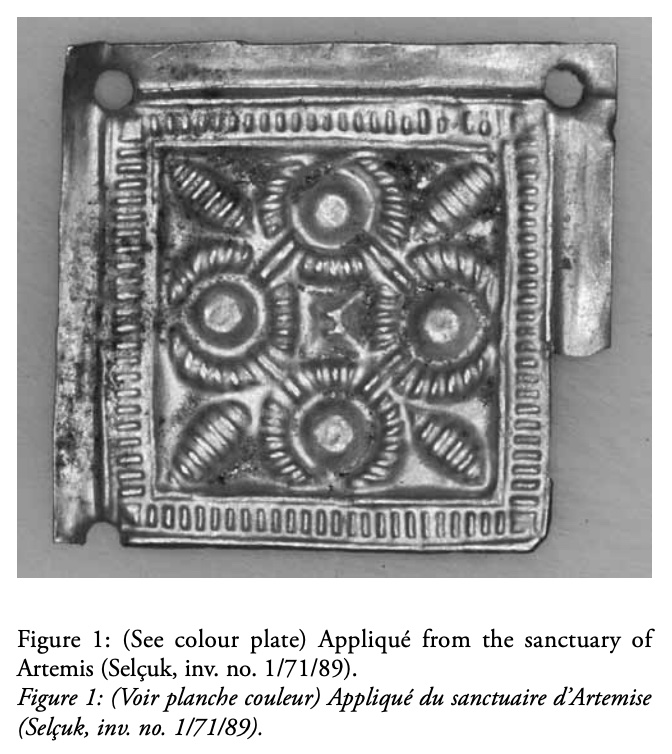Lorem ipsum dolor sit amet, consectetur adipiscing elit. Morbi eu nulla vehicula, sagittis tortor id, fermentum nunc. Donec gravida mi a condimentum rutrum. Praesent aliquet pellentesque nisi.


Abstract: During two measurement campaigns in the Archaeological Museum in Istanbul and the Ephesus Museum in Selçuk, Turkey, more than 80 ancient gold objects (e.g. appliqués, statuettes and coins) from the 8th-6th centuries BC were analyzed using portable XRF instruments in order to obtain information on the chemical composition and homogeneity of the artefacts discovered during excavations in the sanctuary of Artemis at Ephesus. These results and complementary studies on the manufacturing techniques employed for making these objects will contribute to our knowledge of metalworking, trade, as well as the transfer of ideas and technologies at Ephesus and in Western Asia in the Archaic period. The objects can be characterized as homogeneous alloys, mainly consisting of gold (Au), silver (Ag) and copper (Cu). A high compositional variation of Au and Ag between different objects could be determined (Au between 48.7 and 99.9%,